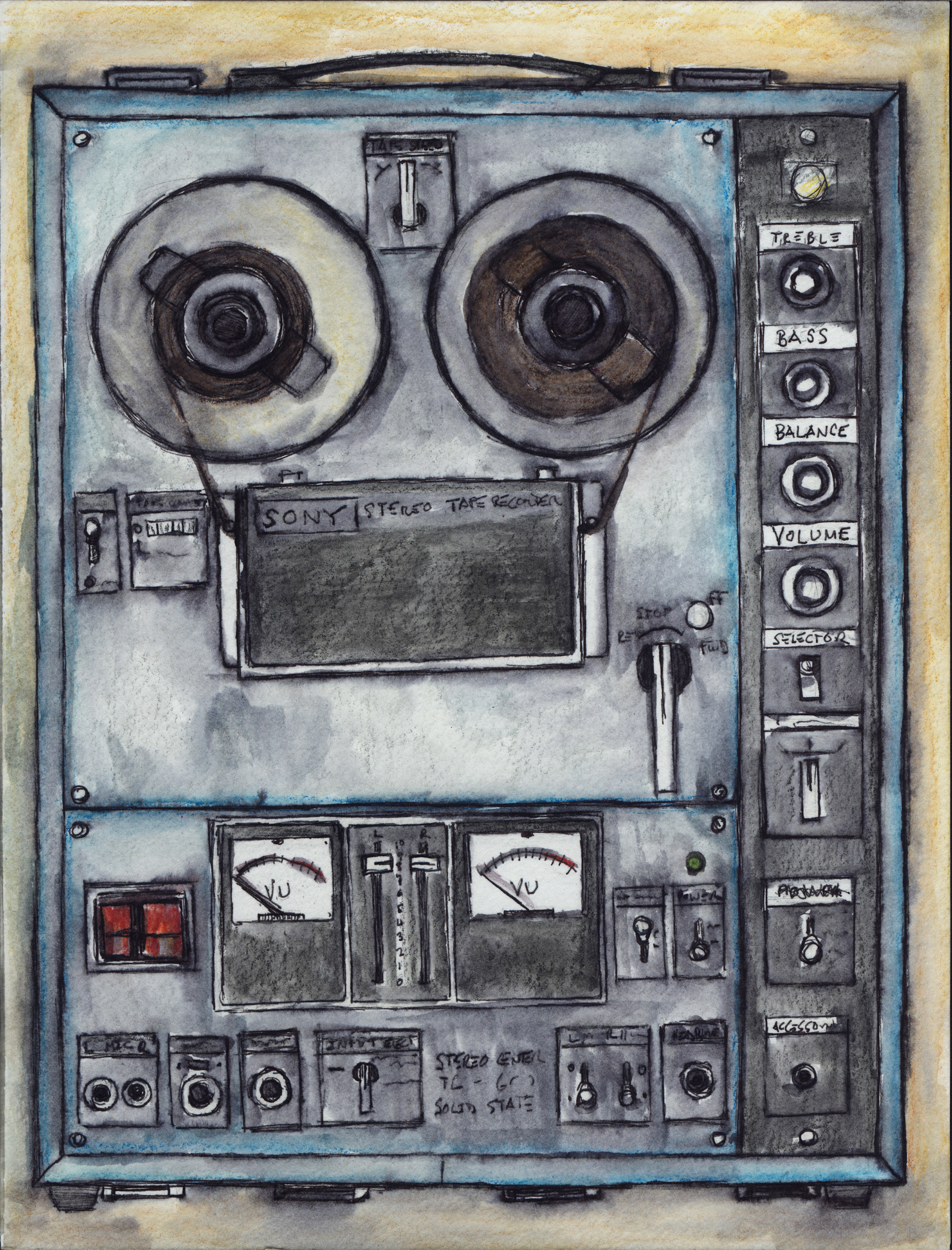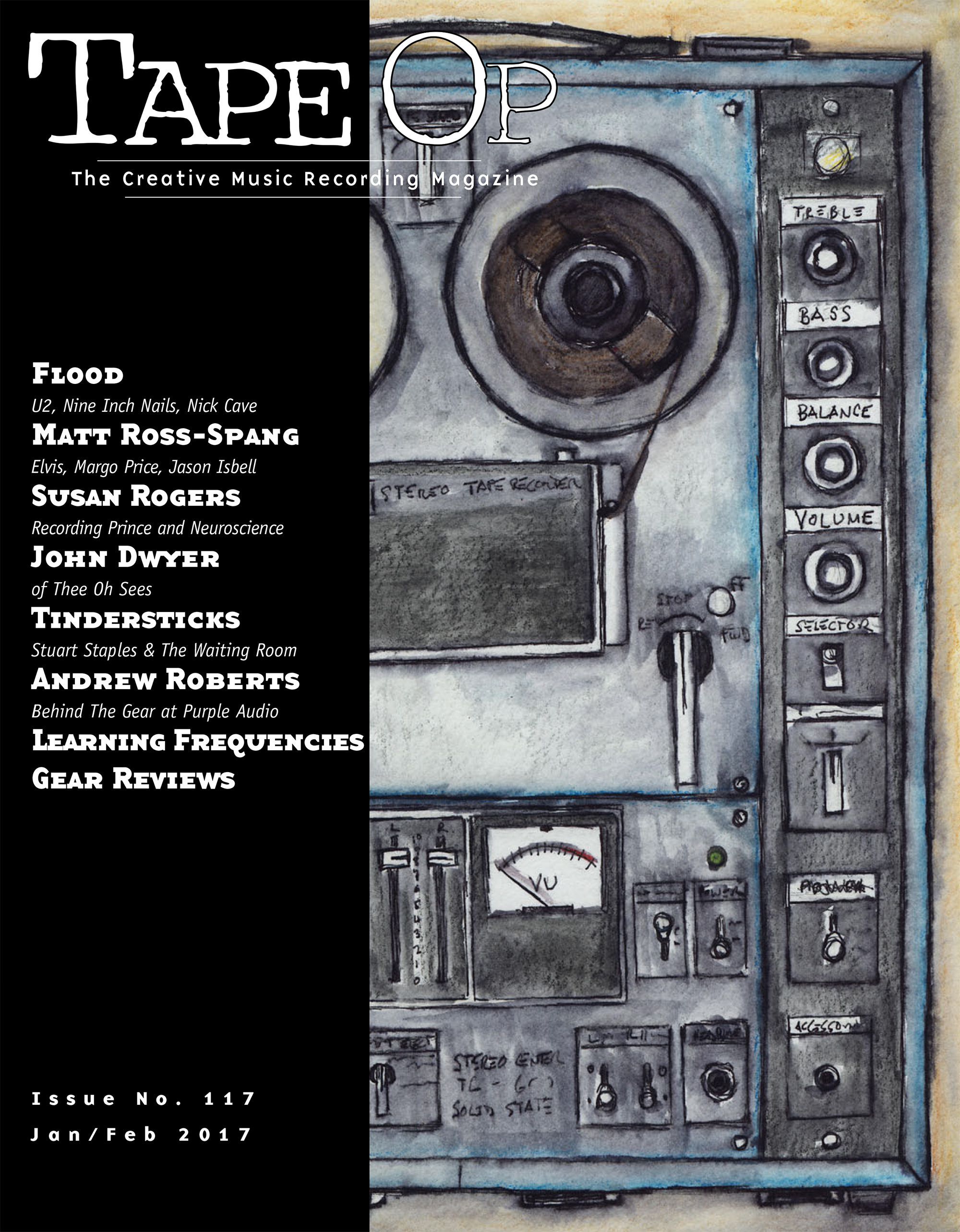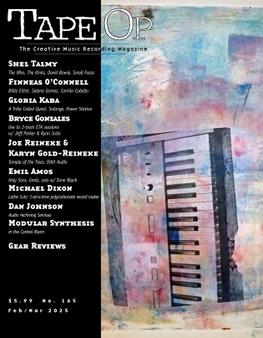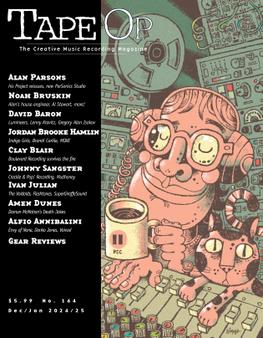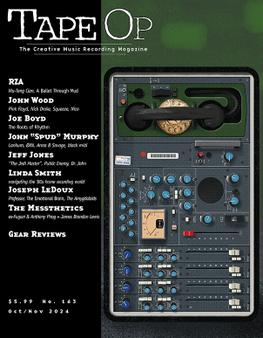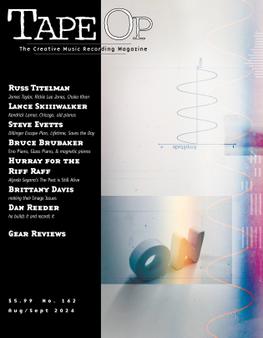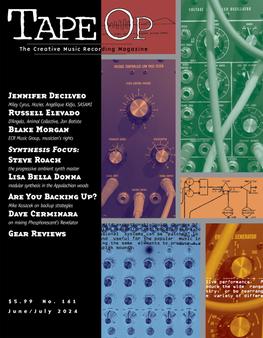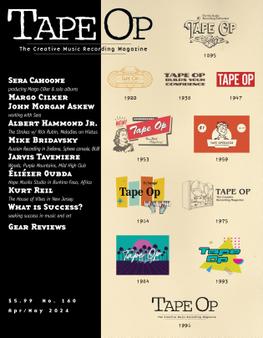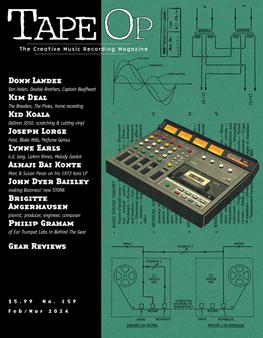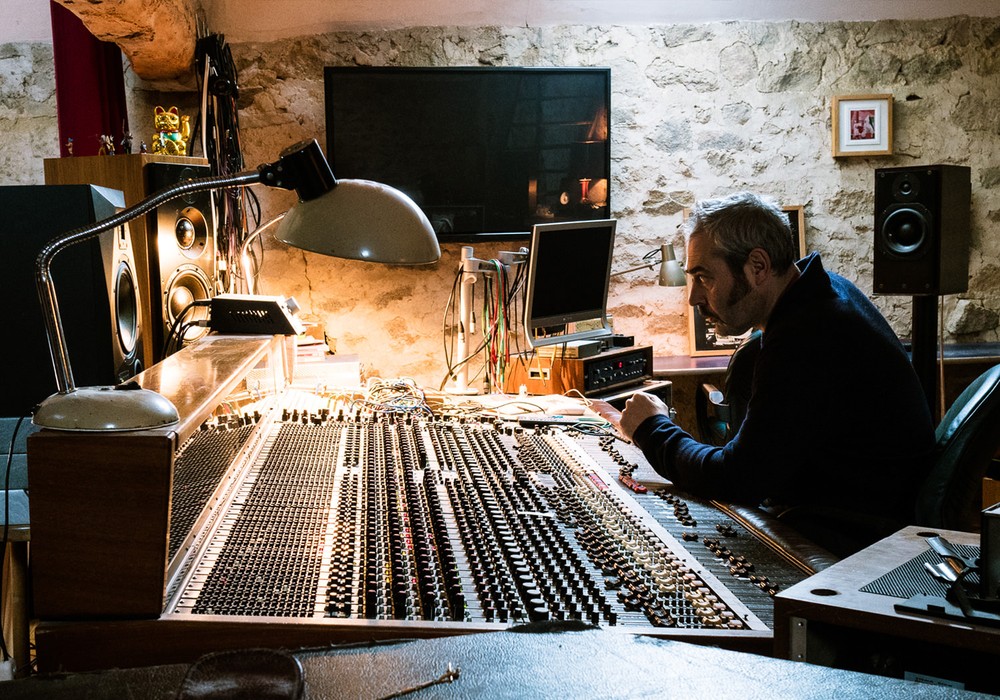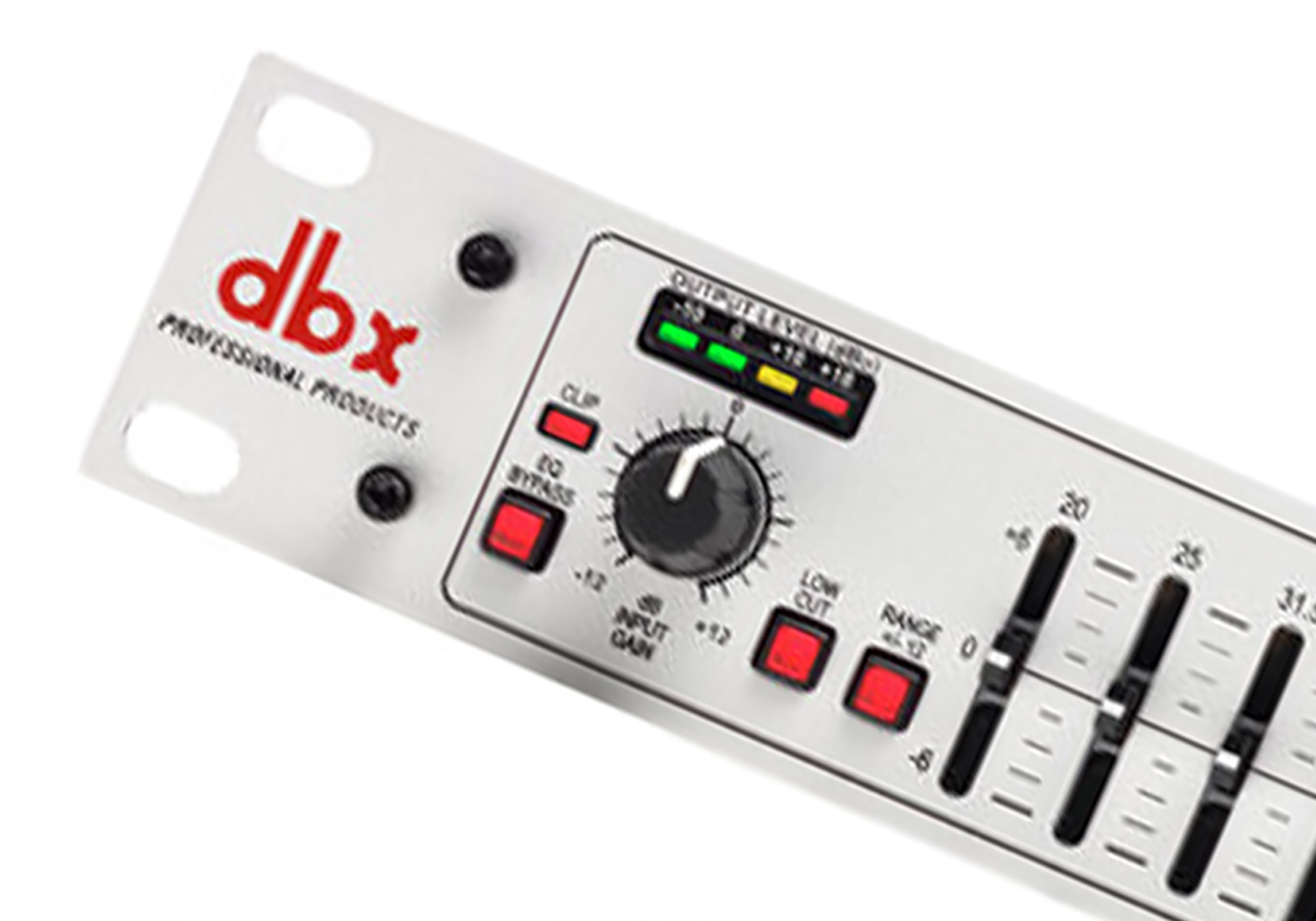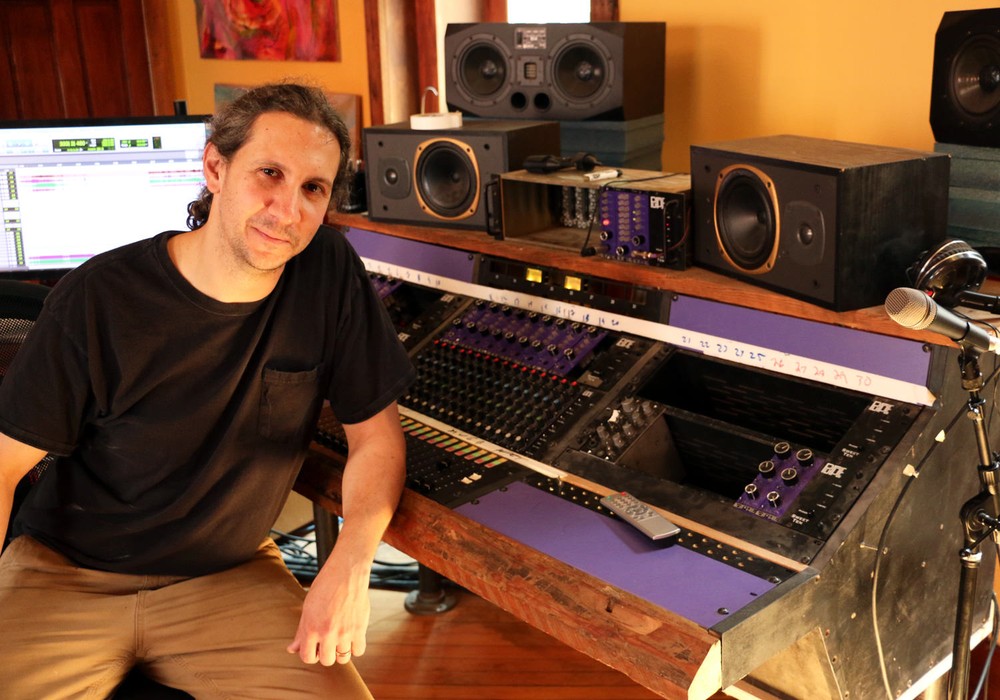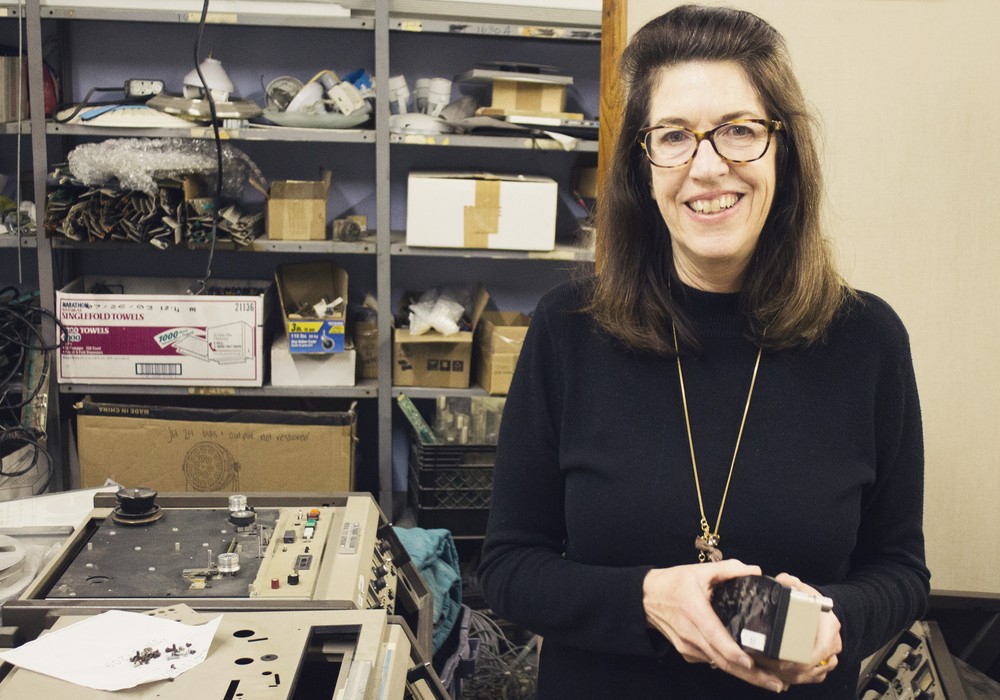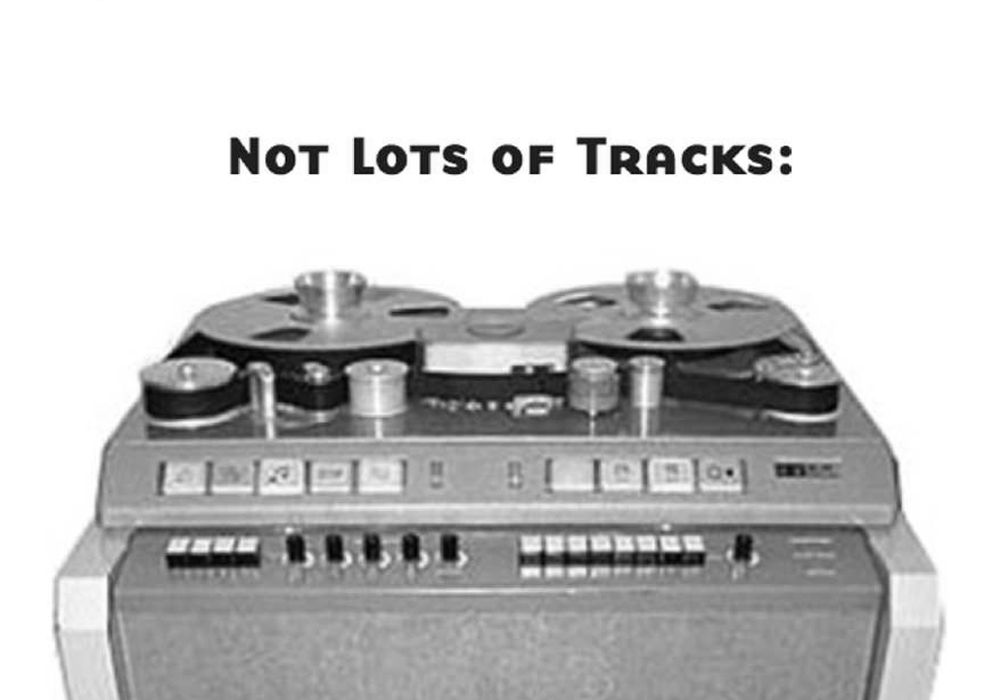Jan/Feb 2017
Welcome to issue #117 of Tape Op.
Here’s one constant scenario I run into: A client comes to me with tracks to mix. They’ve recorded in a home studio, or some such modest setting. Their gear list is fairly limited, maybe several mics and a lower-cost, all-in-one digital interface. They walk into Jackpot!, see all the pro recording equipment, and exclaim, "I’m so embarrassed. You’re going to think these tracks sound awful. I only have this cheap gear." I always try to say something careful and encouraging, like, "Well, let’s see how the tracks really sound. I’m sure I can make it work fine." It’s true, sometimes the tracks don’t sound so great. But guess what? Almost all the times when the fidelity is compromised, I wouldn’t necessarily blame the gear. Improper mic placement, poor guitar or bass amp settings, bad room sounds on too distant mics, distortion from misused gain structure, and other bad engineering decisions are what let these tracks down. Other times instruments are out of tune, or performances are simply lacking. Just because you’ve placed a mic near a source and gotten a level that doesn’t make the red light come on doesn’t mean you’re getting decent sounds. On the other hand, I’ve had clients come in with tracks recorded with $100 mics and $300 interfaces that sound amazing, and require very little special attention when mixing. The recordist invariably had spent extra time experimenting, listening, and adjusting his or her techniques. And guess what? It paid off.
Larry Crane, Editor
